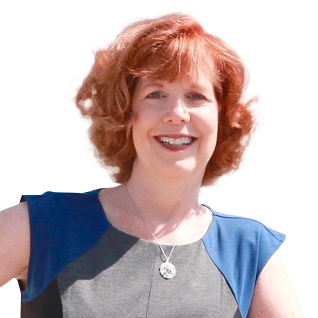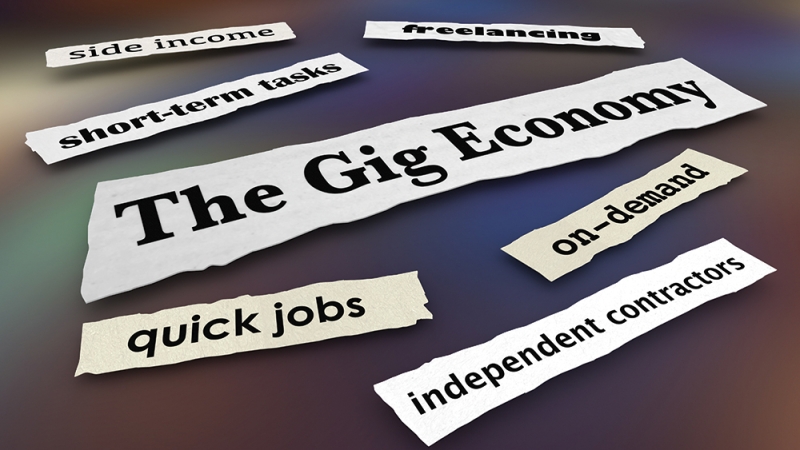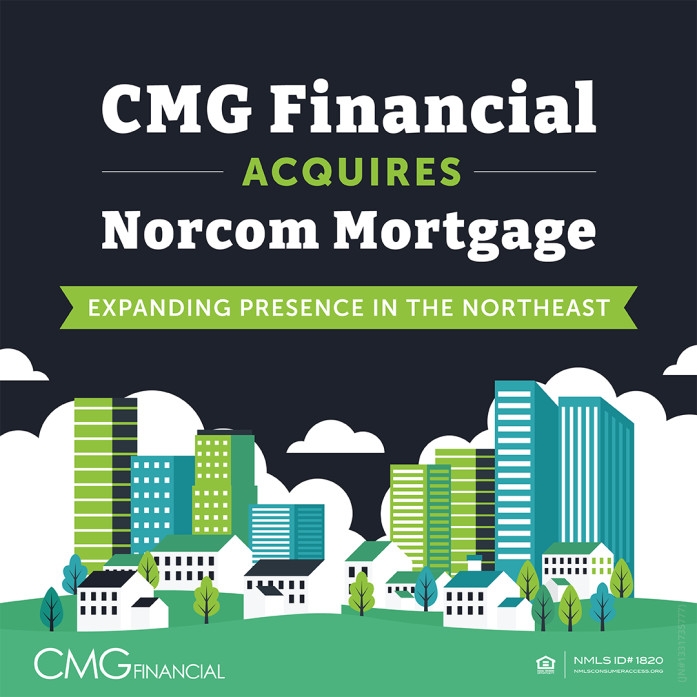According to the St Louis Fed, the number of self-employed people increased during the pandemic. As of February 2022, self-employed workers made up almost 11% of the 157 million employed in the U.S. labor force. Now, with a growing number of people being self-employed, it’s imperative that you know how to work with them. If you haven’t already encountered a self-employed borrower, chances are that you will at some point.
Why is it important?
The reality is that businesses fail. Based on an analysis of the Bureau of Labor Statistics data, LendingTree says that 1 in 5 businesses will fail within the first year. And in the challenging economy we’re faced with right now, some businesses won’t be profitable — or at least not profitable enough to support someone’s investment in a home.
As much as we want to get people into homes, we also want to make sure they stay in them. It is your responsibility as their lender to ensure their income can support their purchase and they are able to afford the loan amount and be capable of making timely payments.












